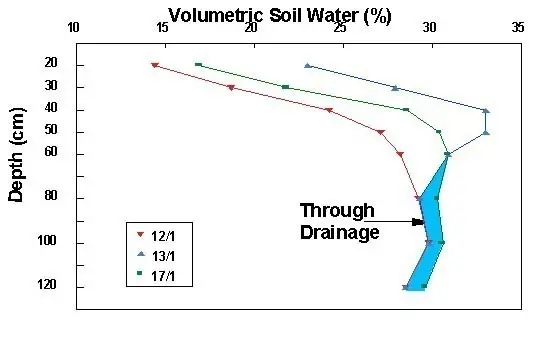Measuring Soil Water Content with the Neutron Probe
OVERVIEW
PRODUCTS
LOCATION
Grape-soil water extraction pattern after irrigation
The Neutron Probes that were used for the measurement of soil moisture or soil water content in these case studies are still in use today. Advances in technologies such as capacitance, standing wave (MP406) and Time Domain Reflectrometry probes enable continuous measurement of the soil moisture content, and are available with IoT connectivity for data processing and visualisation.
A wine grape farm owner had a problem of over irrigation and deep drainage that contributed to rise of the water table, and consequently saline soil developed. This caused irrigation application more difficult. To determine, the amount of water that was required to grow grape and extra water needed to flush the salts from the upper surface, continuous soil water content measurements were taken at different depth of the soil between irrigation events. As a result, the depth at which, the grape exploits most was identified as the 0-70cm of the soil profile. The resulting irrigation schedule differed from the schedule that had been used in past years. During spring it was found that over irrigation had been occurring and for this season, the irrigation interval was increased from the usual 20-day interval to a 25-30 day interval depending on the crop being irrigated. In summer the crop had been under irrigated, and the interval was reduced from 20 days to 7-14 days. Over the season, a similar amount of water was pumped as in the past but water was used more efficiently with less water logging and drainage in spring and no moisture stress observed in summer. Water was used efficiently throughout the season and good yields of a high quality were obtained.
Sensors
Neutron probe was employed for measuring the soil water content

